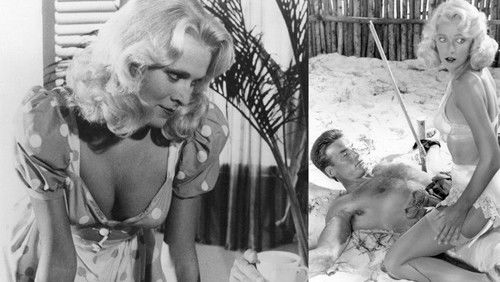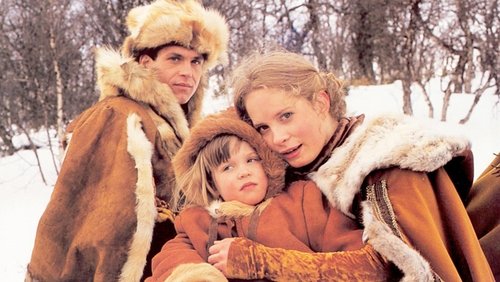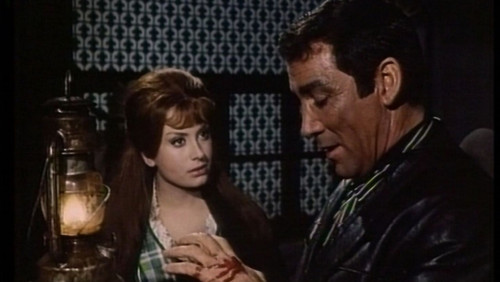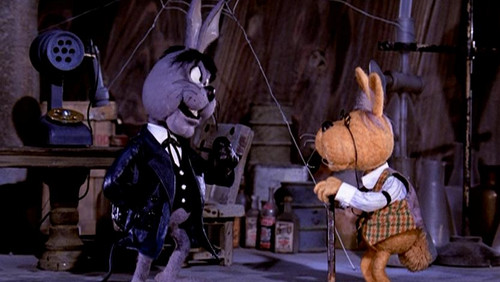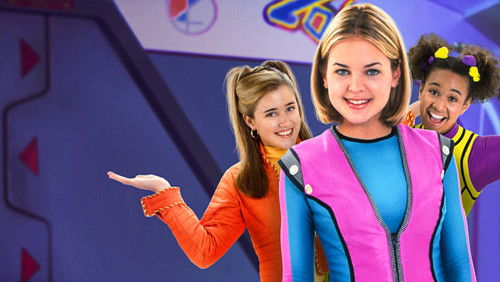Der Schatz im Silbersee (1962)
39KDer Schatz im Silbersee: Directed by Harald Reinl. With Lex Barker, Herbert Lom, Götz George, Karin Dor. In their first cinematic adventure, Apache chief Winnetou and mountain man Old Shatterhand pursue a gang of murderous outlaws who will stop at nothing to find the legendary treasure of Silver Lake.
“Let me put this topic on a nationalistic setting – namely, that this movie, Treasure of Silver Lake or u0026quot;Der Schatz im Silberseeu0026quot; (1962) is strictly German movie and that it reflects a specific historical period of that country from 19th century, the literary Romanticism and struggle for Unification of the Masses. Karl May (1842-1912) as the protagonist writer of the adventure story came from a poor background and strive hard to make for a living his whole life. He was an enigmatic author for Germany, Adolf Hitler admitted he was overwhelmed by him as a boy and Albert Einstein was also great fan of his books. This is purely German phenomenon we have here of both exasperation and charm – viz, Karl May who used to tell his stories from first person had never visited America or the Orient or China before later years when he personally was devoted to Evangelism, whatsoever.u003cbr/u003eu003cbr/u003eWe shouldnu0026#39;t regard Mayu0026#39;s literature as trivial or in that case that already during his lifetime he has been copied or parodied. He is one of the great writers of adventure literature from the period before the World Wars, together with Mayne Reid and Emilio Salgari. Their Indians are not ethnological North Americans but simply savages prone to evangelization. Their White Male characters are prototypes of the Superman from the 20th century, always justified and invincible. In the case of American Wild West stories their heroes lack historical accuracy although many of the plots develop in mid-nineteen centuries, presumably before the American Civil War 1862-1865 and with no certain American Geography. So donu0026#39;t look for typical Western Film and try use your imagination. I will further explicate myself.u003cbr/u003eu003cbr/u003eI have numerous historical books in my library on Modern American History but not a single volume about Indian Wars in literary perspective. I have some scattered materials on Zane Gray, Louis Lu0026#39;Amour, etc. but they are top-listing from 20th century and have numerous film adaptations. The fellows we are talking above are firstly coming from abroad (Germany, Ireland, Italy) and secondly, have historical sense that is indifferent to Anglo-American political issues. So they come and go as foreigners, more or less, the only common ground being Christianity of the advancing trappers or sometimes the eccentricity of a visiting European scholar. Women are always beautiful and stick to family values. I will speak by my memory since I have read those books long time ago and their plot is fuzzy in my mind, but Mayne Reidu0026#39;s books concern the period before American-Mexican War 1846-1848 where the titular was wounded in the thigh and returned to Ireland. After that he started to write books (from Ireland) about his past adventures and mostly dealing with Texas sharp-shooters; Mayne Reid doesnu0026#39;t speak about the defense of Alamo or General Santa Ana – which are subject to many American Films and stories. He did write about Tecumseh the Creek and Osceola the Seminole before they were defeated and sent to Indian Reservations. There were two films based on Reidu0026#39;s novels about those early Indian heroes that were produced by DEFA (formerly, the GDR Film Studio) with Serbian actor Gojko Mitic as principal star. The latter participated in the 1970s at some 20 Indian Films, all based on genuine book plots from Fenimore Cooper, Mayne Reid, Liselotte Welskopf-Henrich, etc.u003cbr/u003eu003cbr/u003eI will skip the material on Emilio Salgari, but he deserve special attention for his Far West Trilogy (1908) dealing with Chief Red Cloud the Sioux, his wife Yalla and daughter Minehaha, being persecuted by American trapper and agent John T. that was scalped by the Sioux. The book was exemplary 1000 pages, with some historical events and personages like Chivington Massacre and General Custer among others traversing 30 years of time. No railroads existing, which started to appear in the Wild West circa 1860s.u003cbr/u003eu003cbr/u003eNow letu0026#39;s go to Karl May. I will try to plot the geography of his novels and leave aside the timeline which is not very clear to me. By the time Old Shatterhand arrive in Santa Fe, the Great Plains are the last abode of Native Americans. Here still roam consolidated tribes of several ethnic groups (meaning, territory west of Mississippi River and no American States charted) – Kiowa, Cheyenne, Dakota, Sioux, Arapaho, Comanche and westernmost are Apache, Navajo; still further west are Shoshone and Ute). So looking back at a political map today, these are the states that join the American Union after the mentioned war with Mexico – firstly, Texas along the Rio Grande River; then New Mexico which is undivided and later its western part become Arizona. California become a state but at first is sparsely populated before the Gold Rush in 1870s. Between the Pacific Coast and the New Mexico territories to the North lies the state of Utah and then Nevada. Here principally develop the story in u0026quot;Treasure of Silver Lakeu0026quot; with no big cattle towns and only wooden forts available. The concept of Cowboy or u0026quot;cattle-herderu0026quot; is non-existent yet.u003cbr/u003eu003cbr/u003eFinally, few words about the actors staff. Lex Barker and Pierre Brice (Winnetou) are excellent in their performance in all 13 movies of the Karl May franchise. Herbert Low (the Colonel Villain) is the most popular actor in this movie. He was Austro-Hungarian by birth and performed in 113 credits for Anglo-American productions. Lom died 95 years old in 2012. Thank You!”

